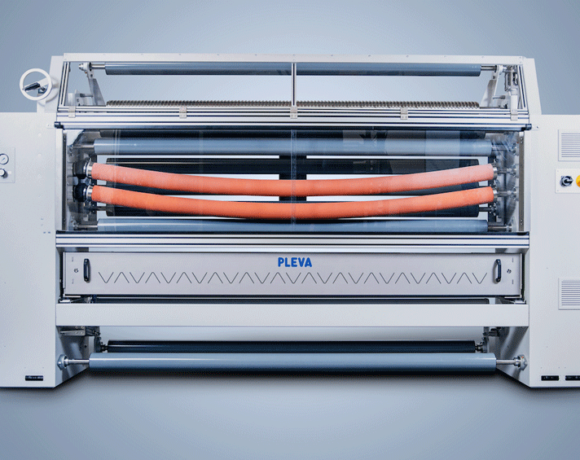Embroidery-Based Sensor Revolutionizes Wearable Electronics

In an innovative development, researchers at NC State University have combined three-dimensional embroidery techniques with machine learning to create a fabric-based sensor capable of controlling electronic devices through touch.
As wearable electronics become increasingly sophisticated, the need for integrated controls within clothing grows more pressing. This innovative sensor, resembling a traditional button, can activate and manage electronic functions such as mobile apps entirely through touch, seamlessly integrated into the fabric of garments.
Comprised of two components, the sensor consists of the embroidered pressure sensor itself and a microchip responsible for processing and transmitting collected data. Utilizing triboelectric properties, the sensor harnesses electric charge generated from friction between its layers, eliminating the need for external power sources. Specialized yarns, featuring positive and negative triboelectric materials, are seamlessly integrated into conventional textile fabrics using embroidery machines.
Rong Yin, corresponding author of the study, emphasized the significance of the sensor’s three-dimensional structure in ensuring optimal functionality. Overcoming the challenge of crafting a spatial gap between sensor layers within the two-dimensional framework of embroidery was a pivotal aspect of the research. By incorporating spacers, researchers successfully controlled the gap, thereby regulating the sensor’s output.
Data from the pressure sensor is transmitted to the microchip, where it undergoes processing to execute specific commands for connected devices. Machine learning algorithms play a crucial role in distinguishing between assigned gestures and filtering out unintended inputs caused by normal fabric movement or environmental factors.
Yin highlighted the versatility afforded by machine learning, enabling the device to perform various tasks by recognizing different inputs. To demonstrate its capabilities, researchers developed a music-playing mobile app linked to the sensor via bluetooth. Six functions, including play/pause, track navigation and volume control, were assigned to different gestures on the sensor, showcasing its potential for diverse applications such as password input and gaming control.
While still in its nascent stages, the sensor represents a significant advancement in wearable electronics. Challenges remain, particularly in adapting existing embroidery technology to accommodate the sensor’s materials. However, as interest in wearable electronics continues to surge, this innovation promises to play a pivotal role in shaping the future of wearable technology.
















